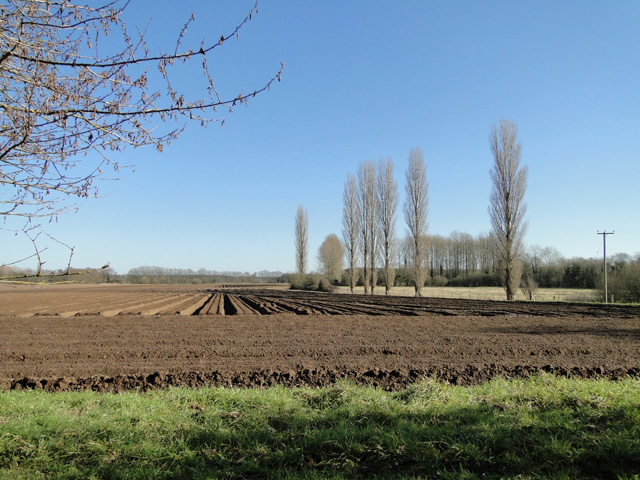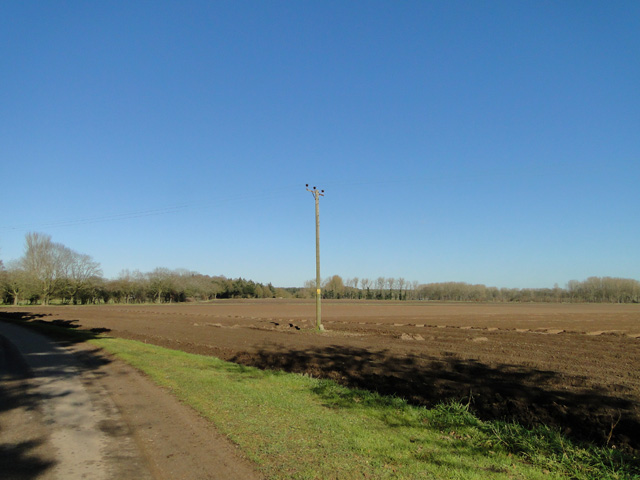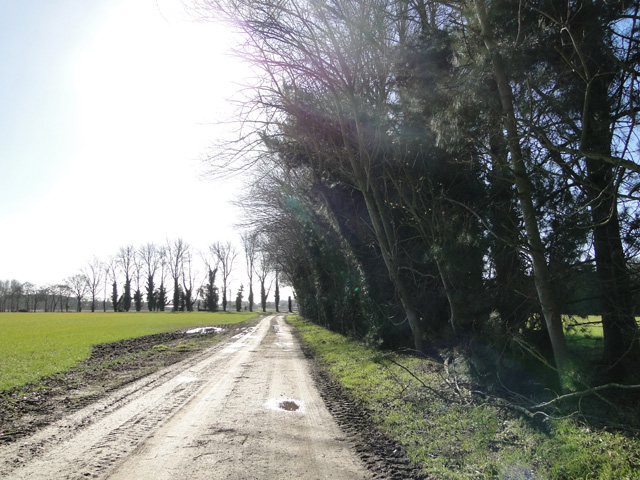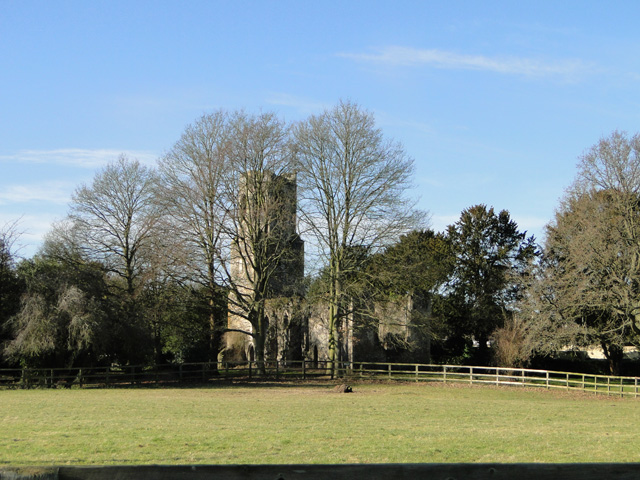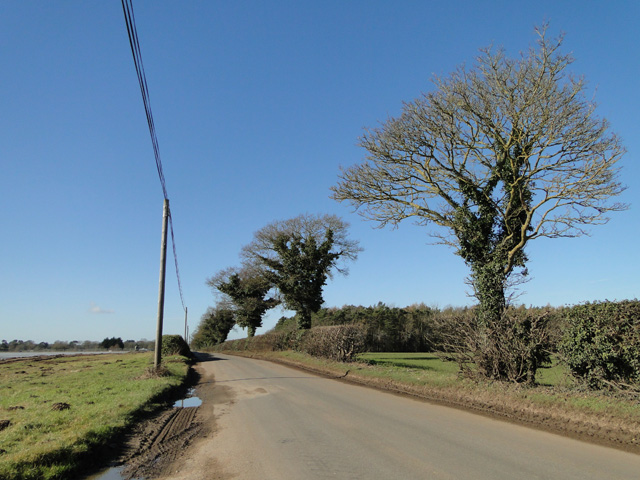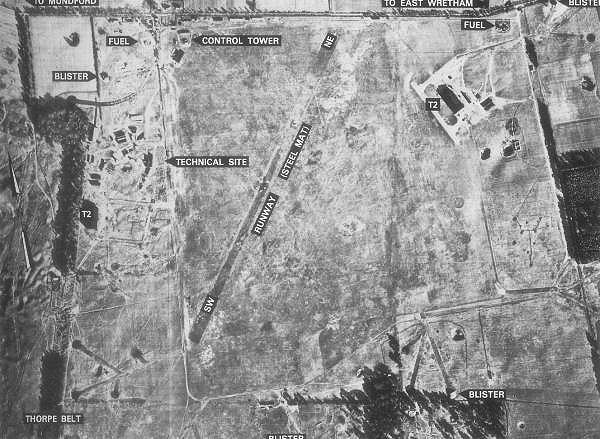Mickle Mere
Lake, Pool, Pond, Freshwater Marsh in Norfolk Breckland
England
Mickle Mere
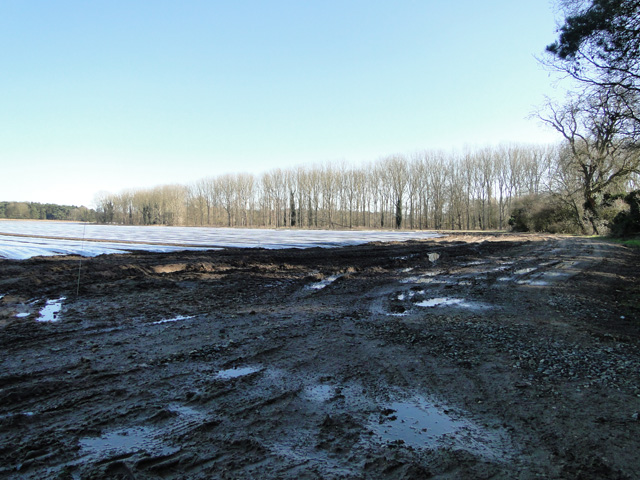
Mickle Mere is a picturesque freshwater marsh located in the county of Norfolk, England. Covering an area of approximately 20 hectares, it is nestled within the beautiful Norfolk Broads National Park. The mere is a natural water body, characterized by its calm and serene atmosphere.
The water in Mickle Mere is supplied by various sources, such as rainfall, underground springs, and surface runoff. It is predominantly a shallow body of water, with an average depth of around 2 meters. The water is crystal clear, thanks to the marsh's rich vegetation that filters impurities and acts as a natural purification system.
The mere is surrounded by lush greenery, consisting of reeds, rushes, and various aquatic plants. This thriving ecosystem provides a habitat for a diverse range of flora and fauna. It is a haven for water birds, attracting species like swans, ducks, geese, and herons. The marshland also supports a variety of insects, amphibians, and small mammals.
Visitors to Mickle Mere can enjoy the tranquil surroundings by taking a leisurely stroll along the designated trails. The area is popular among nature enthusiasts, birdwatchers, and photographers, who are drawn to its unique beauty and abundant wildlife. Canoeing and kayaking are also popular activities on the mere, allowing visitors to explore its nooks and crannies.
Mickle Mere is not only a natural gem but also plays a vital role in maintaining the ecological balance of the Norfolk Broads. Its rich biodiversity and scenic charm make it a must-visit destination for anyone seeking solace in nature's embrace.
If you have any feedback on the listing, please let us know in the comments section below.
Mickle Mere Images
Images are sourced within 2km of 52.49159/0.80998883 or Grid Reference TL9091. Thanks to Geograph Open Source API. All images are credited.

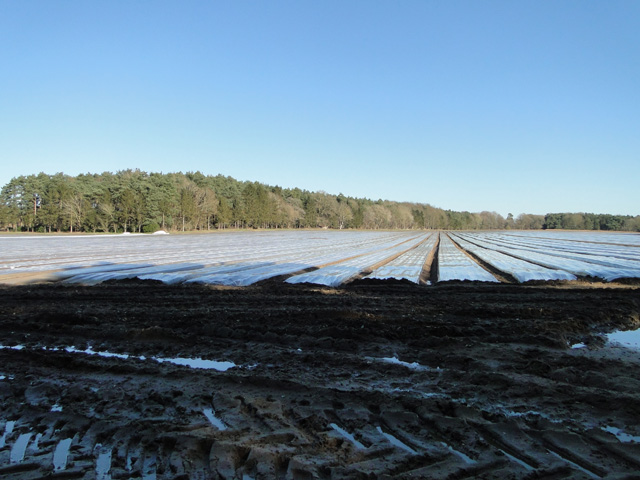
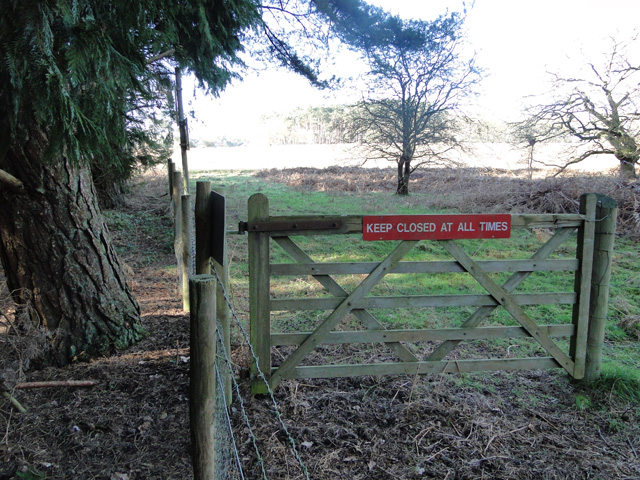
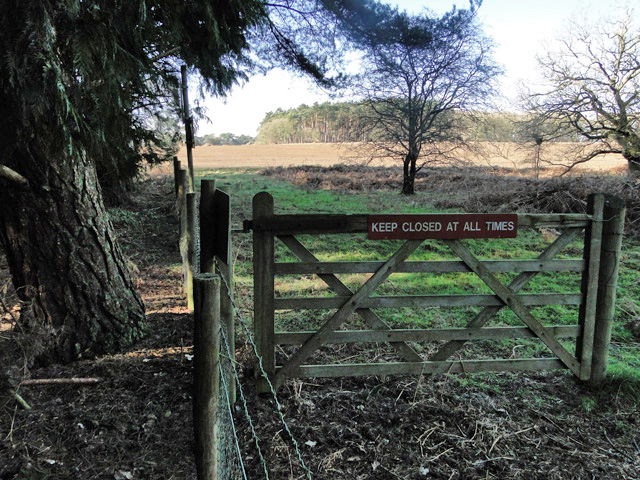
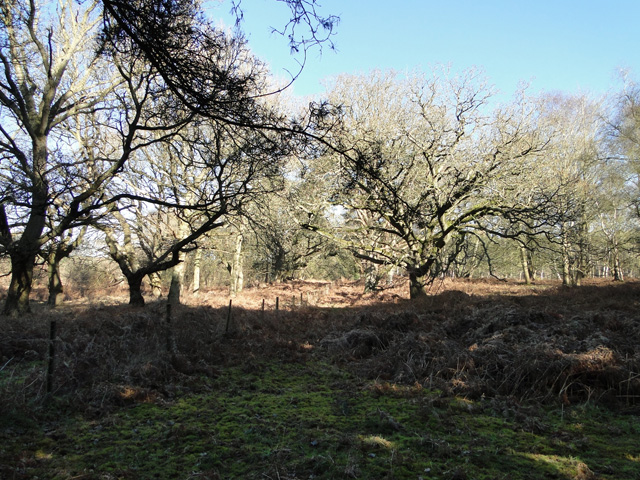
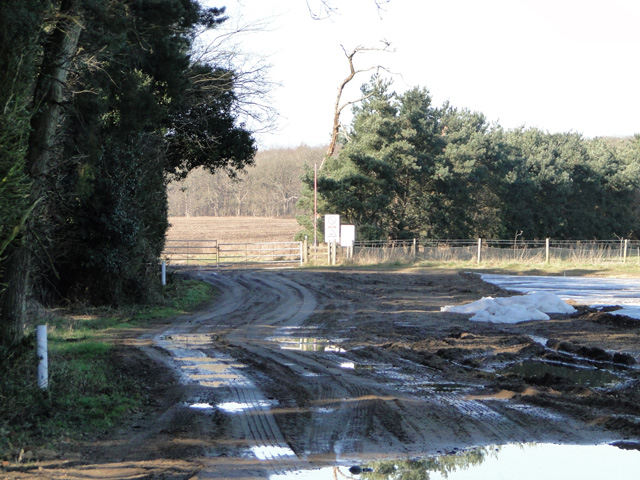

Mickle Mere is located at Grid Ref: TL9091 (Lat: 52.49159, Lng: 0.80998883)
Administrative County: Norfolk
District: Breckland
Police Authority: Norfolk
What 3 Words
///encloses.users.directs. Near Griston, Norfolk
Nearby Locations
Related Wikis
Wretham Park Meres
Wretham Park Meres is a 30-hectare (74-acre) biological Site of Special Scientific Interest north of Thetford in Norfolk.This site consists of four natural...
Wretham
Wretham is a civil parish in the Breckland district of Norfolk, England. The parish includes the village of East Wretham, which is about 6 miles (10 km...
East Wretham Windmill
East Wretham Mill is a tower mill at East Wretham, Norfolk, England which has been converted to residential accommodation. == History == East Wretham...
Battle of Ringmere
The Battle of Ringmere was fought on 5 May 1010. Norse sagas recorded a battle at Hringmaraheiðr; Old English Hringmere-hǣð, modern name Ringmere Heath...
Wretham and Hockham railway station
Wretham and Hockham railway station was a station in Norfolk serving the villages of Wretham and Hockham. It was on the Great Eastern Railway branch line...
Stonebridge, Norfolk
Stonebridge is a village in the English county of Norfolk. It is situated on the A1075 road, some 6 miles (9.7 km) north east of the town of Thetford and...
Great Eastern Pingo Trail
Great Eastern Pingo Trail is a 9.2 kilometres (5.7 miles) long footpath along a disused railway line north of Thetford in Norfolk. It is a 4.2-hectare...
RAF East Wretham
Royal Air Force East Wretham or more simply RAF East Wretham is a former Royal Air Force station located 6 miles (9.7 km) northeast of Thetford, Norfolk...
Nearby Amenities
Located within 500m of 52.49159,0.80998883Have you been to Mickle Mere?
Leave your review of Mickle Mere below (or comments, questions and feedback).

